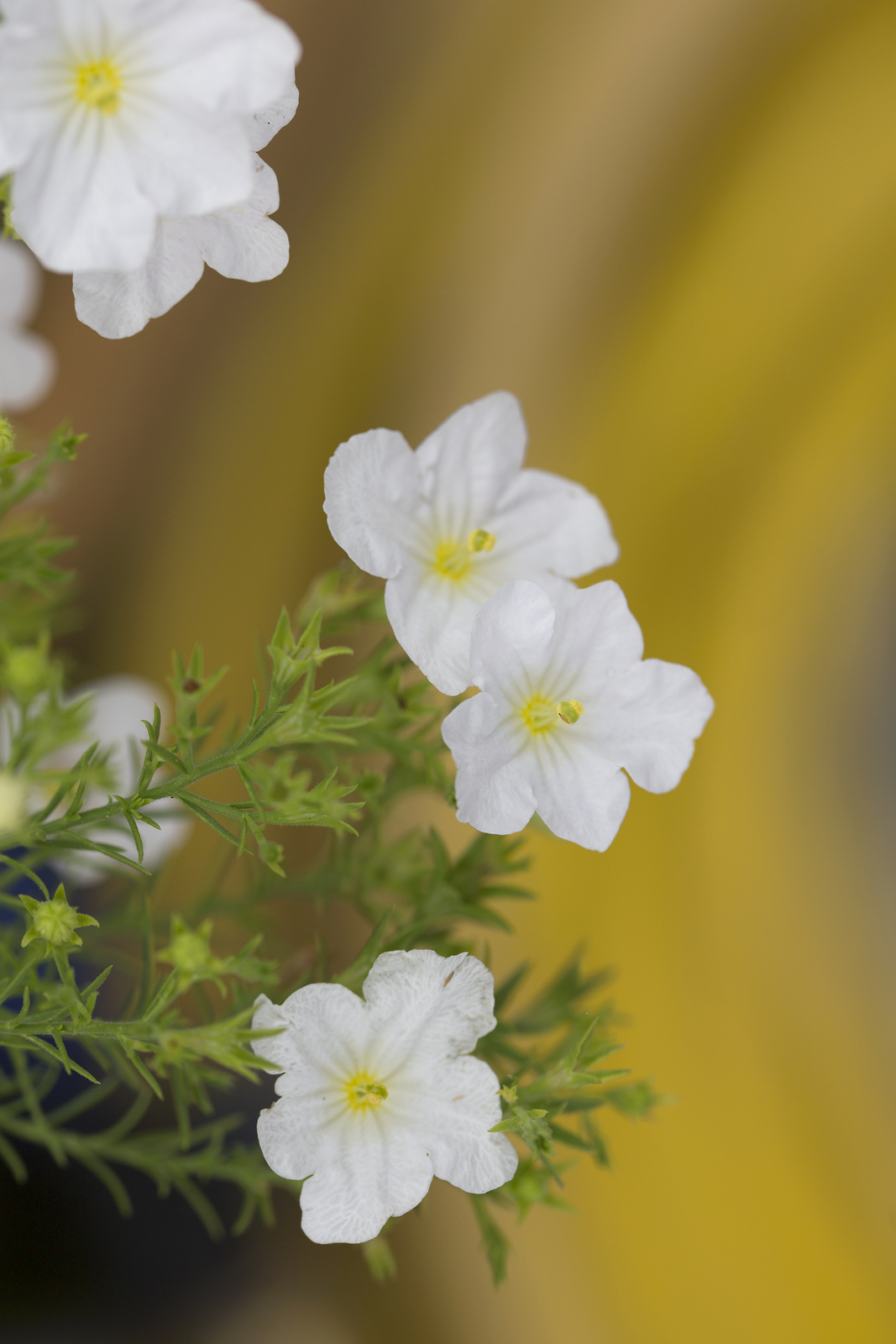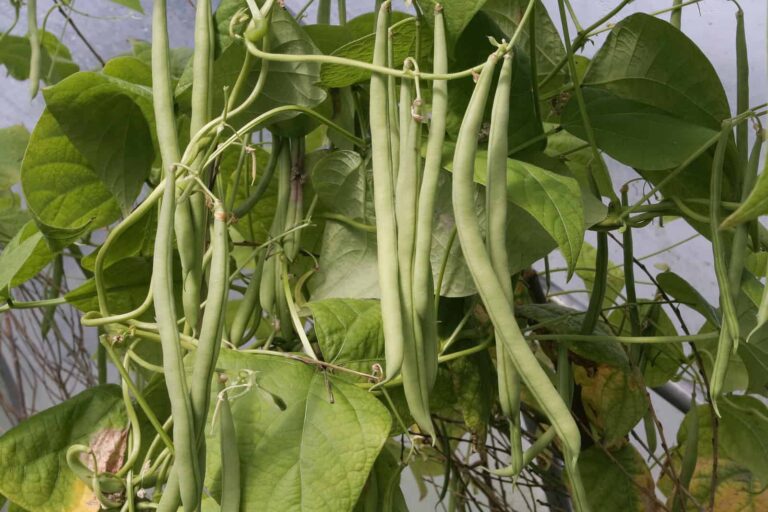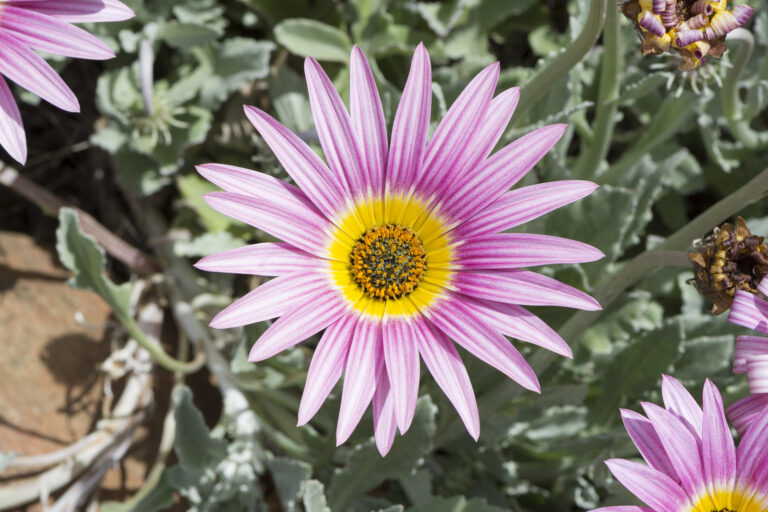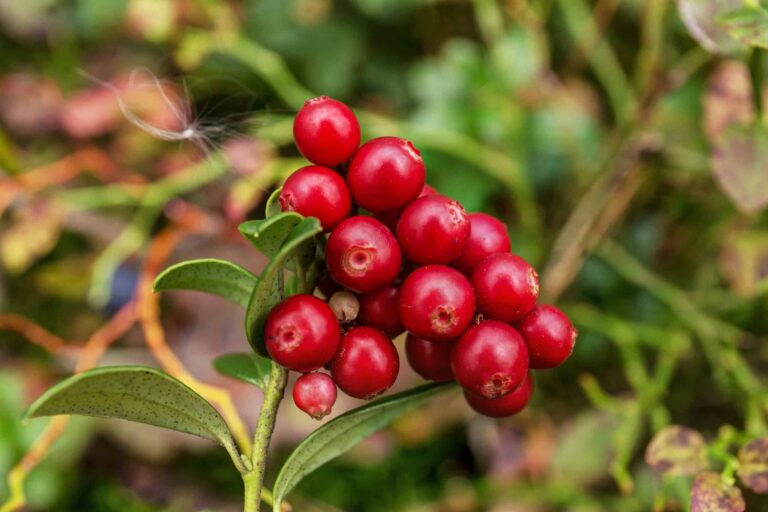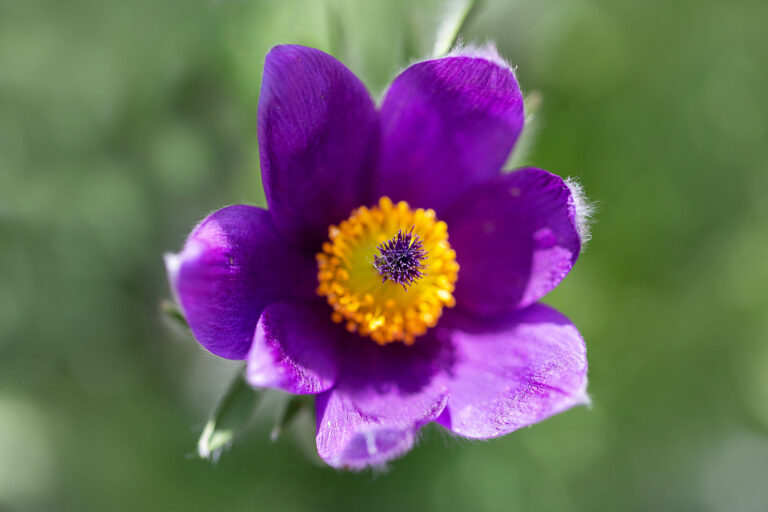How to Grow Cupflower — Nierembergia
Nierembergia–commonly called Cupflower–bears open cup- or bell-shaped, sometimes tubular white or light blue flowers in summer. It can be spreading or upright in form with alternate leaves.
Nierembergia is usually grown as an annual; it is a perennial in mild-winter regions. Plants grow best where summers are cool. Where summers are hot, Nierembergia will need additional water and afternoon shade.
Nierembergia is a genus of more than 20 species; some are annuals and some are perennials. Most perennial species are frost tender but they are easily propagated and are often grown as annuals.
Nierembergia is a good choice to plant as bedding, as border edging, or in containers.
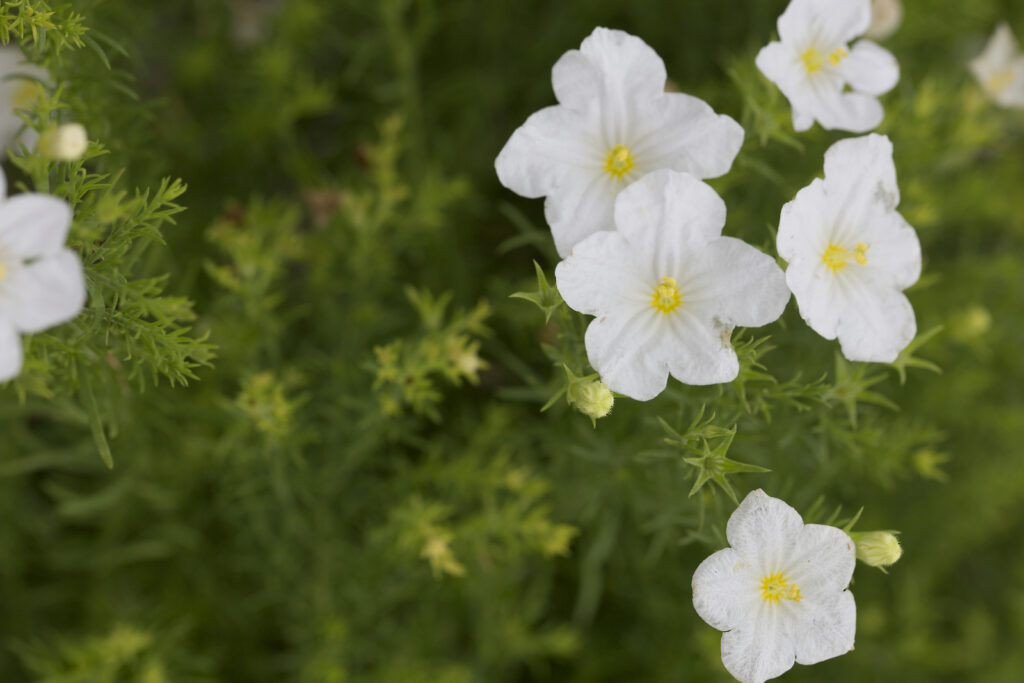
Seven ways to use Nierembergia in the garden
Nierembergia, also known as Cupflower, is a low-growing, mound-forming perennial (often treated as an annual) that produces a profusion of delicate, star-shaped flowers in shades of white, blue, or purple. It’s versatile, easy to care for, and ideal for adding texture and color to various garden spaces. Here are some ways to use Nierembergia effectively in your garden:
1. Ground Cover for Garden Beds
- Usage: Plant Nierembergia as a ground cover in garden beds. Its mounding, spreading habit helps it fill in empty spaces and create a dense, floral carpet.
- Benefit: The continuous blooming throughout the growing season provides a pop of color and helps suppress weed growth.
- Tip: Space plants about 6-12 inches apart to allow them to spread and form a lush mat.
2. Edging and Borders
- Usage: Use Nierembergia to create charming edges along garden paths, walkways, or the front of flower beds. Its neat, mounded shape makes it perfect for defining borders without overwhelming other plants.
- Benefit: The plant’s consistent blooming adds a soft, colorful frame to garden beds and walkways, enhancing the visual appeal.
- Tip: Plant in groups to achieve a uniform look and choose complementary colors for a harmonious border.
3. Container and Patio Plantings
- Usage: Nierembergia works well in containers, window boxes, and patio planters. Its low-growing nature and abundant blooms make it an attractive choice for adding color to outdoor living spaces.
- Benefit: In containers, Nierembergia can serve as a “spiller” plant, draping gracefully over the edges and softening the lines of the container.
- Tip: Pair with taller “thriller” plants like geraniums or ornamental grasses and mid-height “filler” plants such as marigolds or calibrachoa for a balanced display.
4. Rock Gardens and Sloped Areas
- Usage: Due to its tolerance for well-drained soil, Nierembergia is a natural choice for rock gardens and sloped areas. It can be used to fill gaps between rocks and cascade slightly over ledges.
- Benefit: The star-shaped flowers create a striking contrast against rocks and provide consistent color to areas where other plants might struggle.
- Tip: Ensure proper drainage to prevent waterlogging and consider pairing with other drought-tolerant plants like sedum or creeping thyme.
5. Underplanting for Shrubs and Roses
- Usage: Plant Nierembergia at the base of taller shrubs, roses, or small trees to create a layered look that highlights both the main plants and the ground cover.
- Benefit: The continuous flowering of Nierembergia can add color to the base of shrubs and roses, creating a beautiful underlayer that complements larger blooms.
- Tip: Choose varieties with colors that harmonize or contrast pleasingly with the main plantings.
6. Pollinator-Friendly Gardens
- Usage: Include Nierembergia in pollinator gardens to attract bees and other beneficial insects. Its small, starry flowers are a great source of nectar and pollen.
- Benefit: Encourages biodiversity and supports the health of pollinator populations, making it a valuable addition to eco-friendly gardens.
- Tip: Mix with other pollinator-friendly plants like lavender, salvia, or coneflowers to create a vibrant and inviting environment for bees and butterflies.
7. Seasonal Bedding Displays
- Usage: Use Nierembergia in seasonal flower beds for continuous color through spring and summer. It pairs beautifully with other annuals for dynamic, eye-catching displays.
- Benefit: The plant’s long flowering period ensures that your garden stays lively and attractive throughout the growing season.
- Tip: Rotate with other annuals as needed to keep your flower beds fresh and full of variety year-round.
General Care Tips for Nierembergia:
- Light Requirements: Prefers full sun to partial shade. In areas with hot summers, some afternoon shade can help prevent wilting.
- Watering: Water regularly to keep the soil moist, especially during dry spells, but avoid waterlogged conditions.
- Soil: Thrives in well-draining, fertile soil. Amending with compost can enhance soil quality and bloom production.
- Maintenance: Deadheading is generally not necessary, but light pruning can help encourage a tidier appearance and more blooms.
Nierembergia’s low maintenance, abundant flowers, and versatile growth habit make it a lovely addition to any garden. Whether used as a ground cover, border plant, or in containers, it brings a touch of elegance and consistent color to outdoor spaces.
Good Products for Garden Care at Amazon:
- Garden Safe Snail and Slug Bait
- Bonide Sulfur Fungicide
- Monterey BT Caterpillar Killer
- Neem Bliss 100-% Cold Pressed Neem Oil
- Safer Brand Insect Killing Soap
- PyGanic Botanical Insecticide
Get to know Nierembergia
- Plant type: Annual or short-lived perennial in Zones 7-10
- Growing Zones and range: Zones 7 to 10
- Hardiness: Frost tender; grow as a cool-season annual; in Zones 8-9 grow as a perennial
- Height and width: 10 inches (25cm) tall and wide
- Foliage: Delicate, threadlike 1/2 inch long leaves
- Flowers: Open cup- or bell-shaped, sometimes tubular flowers
- Flower colors: Blue, white, and violet
- Bloom time: Summer into Fall
- Uses: Edging or front of mixed borders, mass as bedding, containers
- Common name: Cupflower
- Botanical name: Nierembergia
- Family: Solanaceae
- Origin: Temperate South America
Where to plant Nierembergia
- Grow Nierembergia in full sun in cool summer regions in Zones 3-6. Grow in part shade in hot summer areas of Zones 7-11.
- Plant Nierembergia in humus-rich, well-drained soil.
Nierembergia uses
- Use Nierembergia as bedding, as border edging, or in a container.
- Nierembergia’s spreading, flowering habit suits it for window boxes or hanging baskets.

When to plant Nierembergia
- Set established Nierembergia in late winter or in spring a week or two before the last frost date.
Planting and spacing Nierembergia
- Space Nierembergia about 10 inches apart. Plant in a mass of 10 plants or more for best effect.
How to water and feed Nierembergia
- Nierembergia needs ample moisture; keep the soil evenly moist.
- Fertilize Nierembergia occasionally with an all-purpose fertilizer.
Nierembergia care
- Mulch around Nierembergia to conserve soil moisture.
- Cut Nierembergia back by one-third after flowering to prompt new blooms.
Nierembergia pests and diseases
- Nierembergia is susceptible to aphids and whiteflies and can be damaged by slugs and snails.
- Nierembergia can be infected by tobacco mosaic virus.
Nierembergia propagation
- Sow seed in autumn for spring flowering.
- Seeds germinate in 15 to 25 days at 70° to 75°F (21°-24°C). Seedlings can withstand frost; transplants can be set in the garden 2 ro 3 weeks before the last frost.
- Take stem tip cuttings of tender perennials any time during summer.
Nierembergia varieties to grow
- Nierembergia caerulea: upright branching perennial with downy stems; cup-shaped lavender-blue flowers bloom through summer; ‘Mont Blanc’ and ‘Violet Robe’ are favorite cultivars.
- N. repens, white cup: creeping, mat-forming bears open bell-shaped yellow-centered white flowers; cultivar ‘Violet Queen’ produces rich purple flowers.
- N. scoparia: shrubby perennial with numerous pale blue flowers that fade to white at the margins; blooms from midsummer into early autumn.
Nierembergia frequently asked questions
Q: What is the best way to grow Nierembergia from seed?
A: Start indoors in February or early March for early bloom. Seeds need 10 to 12 weeks to mature into flowering plants.
Q: How’s the best way to grow Nierembergia in the garden?
A: Plant nierembergia in full sun or light shade. Keep the soil just moist. Fertilize monthly with an organic soluble plant food.
Related Articles:

